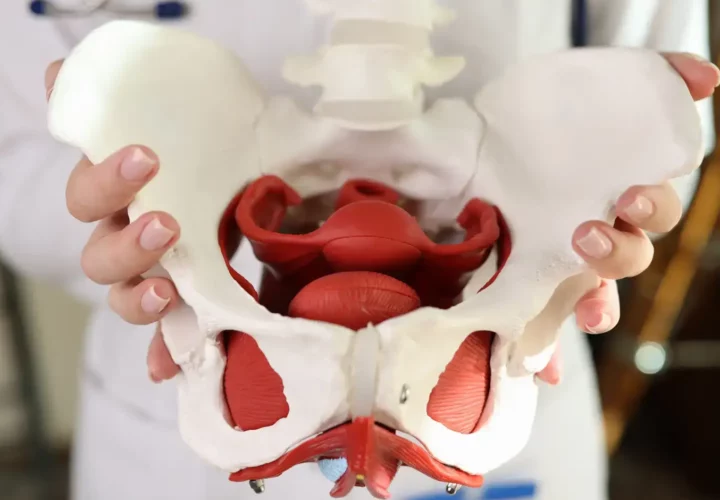We absolutely know it is true, stress causes knots. Some people hold their tension in their shoulders, others their neck, others their back, but if you’ve ever been to a good massage therapist for recurrent knots, odds are they’ve talked to you about stress reduction, and it probably made perfect sense.
But if you’re anything like me, you probably want to know why. It’s actually some pretty intuitive science! Let’s start with what a “knot” seems to be. Call them whatever you will, trigger points, tender points, or knots, you can always feel them when they are present. It’s a hyper tender, hyper tight portion of a muscle. Physiology talks about “motor units,” sub sections of your muscles that are innervated by different portions of your nerves to allow your muscles to activate gradually instead of all at once. For a variety of reasons, these motor units can actually stay actively contracted at times. This active contraction is the reason they can limit our mobility (have someone try to extend your arm while you make a muscle, that resistance is exactly how this works!) but also the reason we can physically feel it from the outside. Make that same muscle, and touch it. You can feel how it should be relatively firm. Now relax and palpate again. That difference between active and relaxed, only within a muscle as opposed to all at once, is what you feel when you have a knot!
The reason we believe it happens under stress is because of something called a guarding response. This is a protective reaction our body has to perceived danger, it begins low level activation of muscles throughout our body to be ready to GO the moment danger hits. The difference here, is that the perceived danger is stress as opposed to a tiger in the woods where this response was initially meant to be active. Stress in the workplace or at home activates the same neural pathways as the tiger would, but instead of being momentary and life threatening, it is chronic. That chronic, guarded, state can produce difficulty within the muscles to depolarize and deactivate, meaning portions of them never seem to relax!
So our solutions are to address these factors! Alleviating stress through meditation, lifestyle modification, and counseling is a huge aspect! Novel local stimulus that is perceived as relaxing and non threatening like massaging and stretching can help the muscles turn off as well! Exercise provides both this novel stimulus and a natural stress relief for many people, and can help with those knots as well! Pursuing a varied approach is often the best, and you will often see PTs employing all of these techniques to work on your knots!



